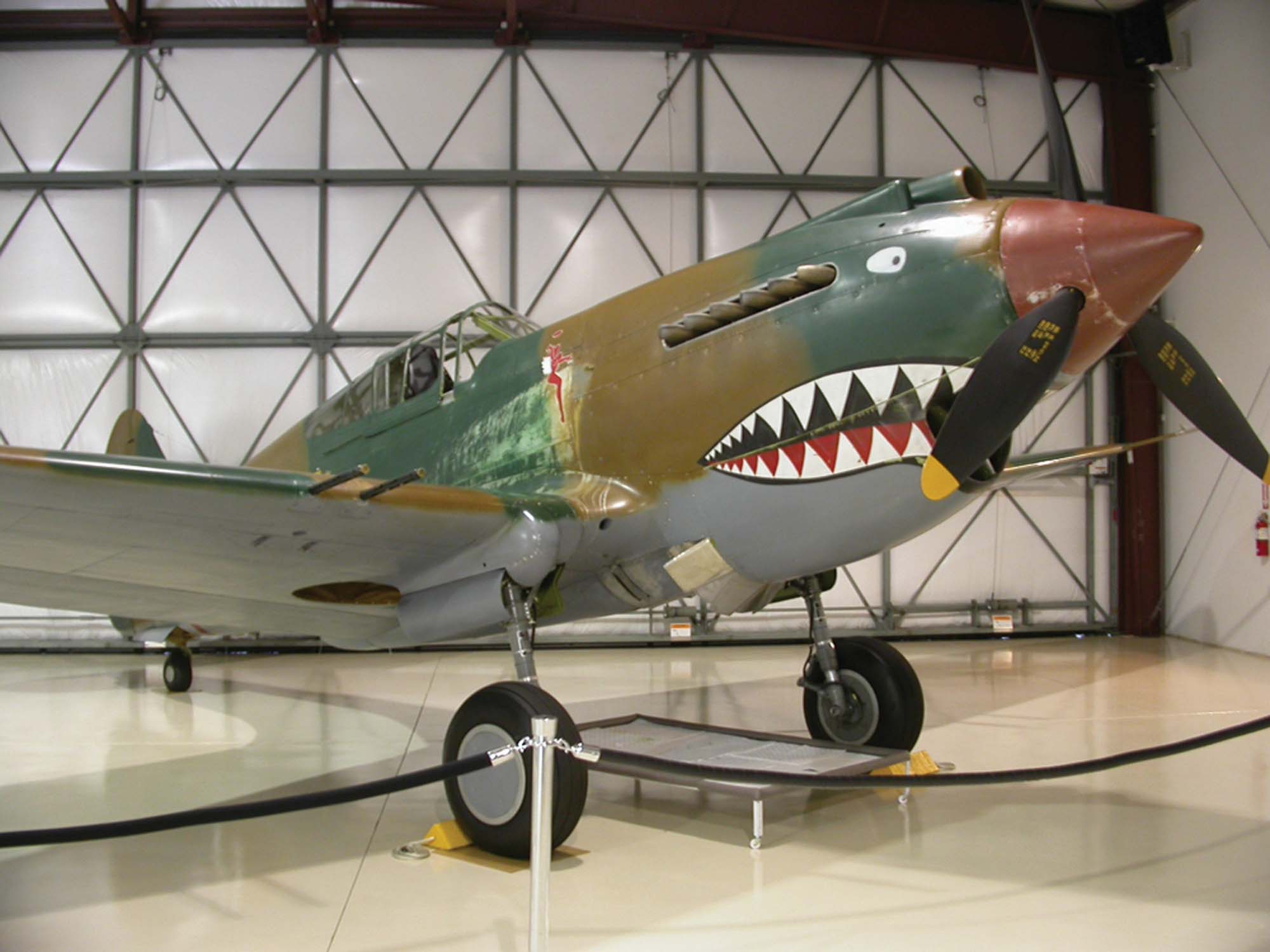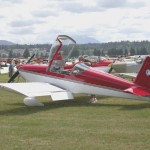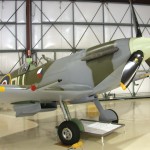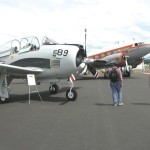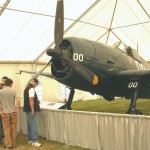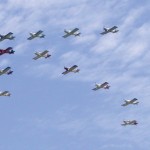By Terry Stephens
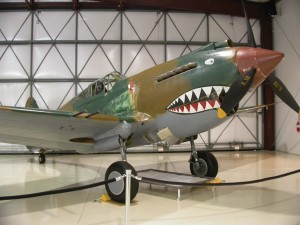
This P-40C “Tomahawk” in Paul Allen’s Flying Heritage Collection at Arlington Airport is the only known original P-40C in flying condition.
Thousands of pilots, tourists and local residents enjoyed three-hour aerobatic air shows, aerial fireworks, warbirds, experimental homebuilt aircraft, sport planes, aviation forums, food and outdoor movies on the screen of the “runway theater” at this year’s Arlington Airport Fly-In.
The Northwest Experimental Aircraft Association event attracts 50,000 visitors each year from the United States and Canada, making it the nation’s third-largest general aviation air show and pilot conference, after EAA AirVenture Oshkosh and Florida’s Fun ‘n Sun events.
The historic military aircraft displays and dramatic fly-bys of the Cascade Warbirds Squadron, a favorite attraction at the fly-in, were missing this year, but some individual pilots brought American, Canadian and Russian warbirds to the field. The Federal Aviation Administration held an open-plane tour of its historic DC-3, and Silver State Helicopters, a new fly-in sponsor and tenant at the airfield, offered flights in its blue R22 Robinson choppers.
Paul Allen’s Flying Heritage Collection of warplanes was a major attraction this year. For the first time, people attending the fly-in were invited to take free tours of the Northwest’s newest air museum, housed in two hangars on the west side of the airfield.
Normally, the $20 hour-and-a-half guided tours have to be reserved on the Internet (www.flyingheritage.com) for Fridays or Saturdays. For the fly-in, busloads of air show ticket-holders were shuttled to the hangars for half-hour familiarization visits, with the hope that many of the people will return for the full tour by guides who present each plane’s features and historical significance in detail.
Three of the planes from the collection were displayed in a tent at the fly-in, including a rare F6F-5 “Hellcat.” In the museum hangars, visitors saw such famous warbirds as America’s Curtis P-40 “Tomahawk” and North American P-51D “Mustang,” England’s Supermarine Mk.Vc “Spitfire,” Germany’s Fieseler Fi-156-C2 “Storch” and Japan’s Nakajima Ki-43-1c “Hayabusa.”
The painstaking process of restoring the Flying Heritage Collection’s aircraft sets them apart from all other aviation artifacts, Allen has said. Each aircraft has been restored to a level of authenticity close to the planes’ condition when they were first built. Nearly all of the aircraft have seen combat during military battles. From cotton-coated wiring and lacquer and enamel paint to vintage cockpit furnishings and original radios that still operate, Allen’s planes are as authentically restored as possible.
- Above: Fields of multi-colored aircraft gathered at the fly-in, including this homebuilt kit plane that is part of the Blackjack Squadron formation-flying group.
- The Flying Heritage Collection, open to tours this year for fly-in visitors, includes this rare, mint-condition British Spitfire.
- Rows of colorful aircraft in various shapes and sizes filled acres of grass parking space at the Arlington NWEAA Fly-In in July.
- The Flying Heritage Collection’s rare Grumman F6F-5 “Hellcat” is one of only a few known flying models left in the world.
- The Blackjack Squadron’s 13-plane “arrow” formation passes over the fly-in. The Arlington-based group is the world’s largest civilian formation flying organization.











